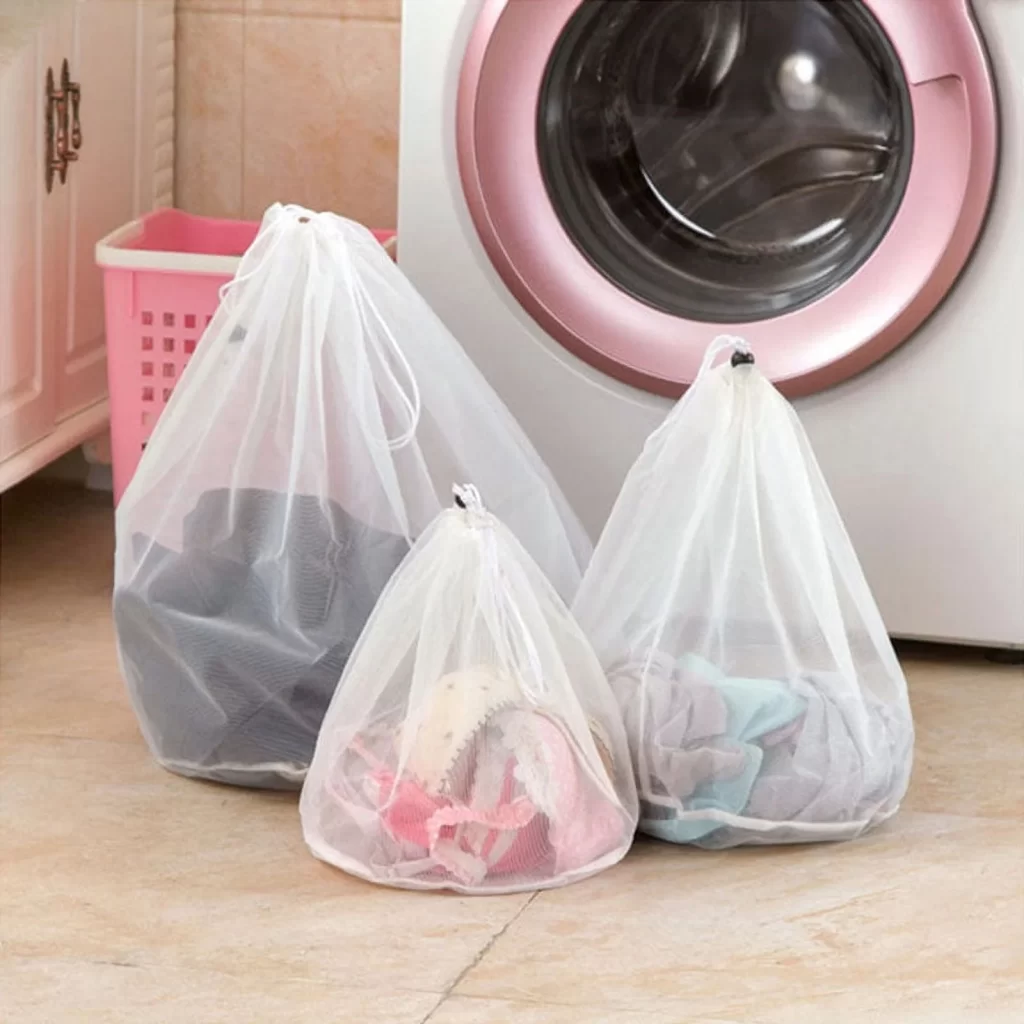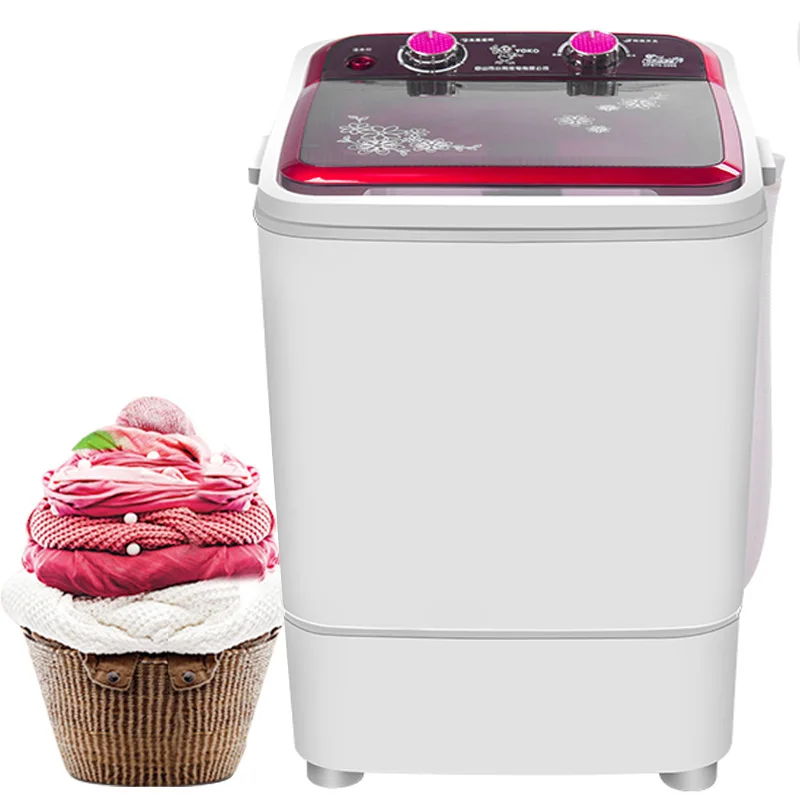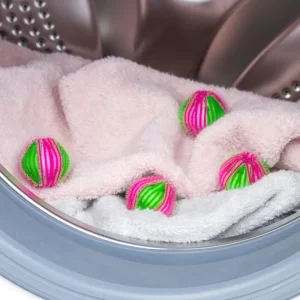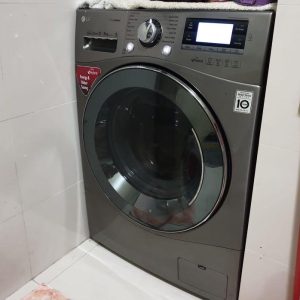Maximize Your Washing Machine’s Efficiency for Cleaner Clothes
Choosing the Right Washing Machine
Selecting a suitable washing machine affects laundry quality and efficiency. When shopping, you need a washer that fits your needs. Modern machines offer varied features and models. Assess your laundry habits before you decide.

Features to Look for in Modern Washers
Today’s washers boast features that make laundry easier. Look for machines with multiple settings for different fabrics. Energy efficiency is also key. Some washers have steam settings for deeper cleaning. Advanced models offer smart technology, like Wi-Fi connectivity for remote control.
Benefits of Different Washing Machine Models
Front-load washers are gentle on clothes and save water. Top-loaders are typically more affordable. High-efficiency models use less water and detergent. They also spin clothes faster, reducing drying time. Each type has its advantages. Consider space, usage, and budget when choosing.
Sorting Laundry for Best Results
Proper sorting is crucial for laundry success. It can prevent colors from bleeding and fabrics from damage. Begin by dividing clothes based on color and fabric type. This ensures clothes keep their hue and texture.
Tips for Sorting by Color and Fabric Type
When sorting clothes, group dark colors like black and navy apart from lights. Separate white garments to prevent any color transfer. Keep heavy items like jeans away from lighter fabrics. This will protect delicate materials during the wash. Mix fabrics can go in a mixed load. But make sure to put similar weights together. It helps with even washing and spin cycles. Delicate pieces should get their own batch. This safeguards them from harsher washing conditions.
The Importance of Checking Care Labels
Always review the care labels before washing. They tell you how to safely clean each garment. Some clothes need cold water. Others cannot handle tumble drying. Care labels guide you in setting your washing machine right. This prevents damage and extends the life of your clothes. For best results, pair care instructions with the proper cycle and settings on your machine.
Selecting the Proper Settings and Programs
Selecting the right settings on your washing machine is essential. These settings determine how your machine treats different fabrics. Making the right choices here can impact how well clothes clean and their longevity.
Understanding Wash Cycles and Temperatures
Different clothes require different wash cycles and temperatures. Heavy items like towels may need a hot wash. Delicate items like lingerie often need a cold wash. Choosing the right temperature is key. Hot water can remove bacteria but may cause fading or shrinking. Cold water is gentler and saves energy. Most clothes benefit from a warm or cold wash.
Customizing Settings for Different Fabric Types
Machines today have many programs for various fabric types. Cottons usually need a normal or heavy-duty cycle. Synthetics do well on a gentle or permanent press cycle. Delicates require a special delicate cycle. Adjust your washer’s settings based on fabric type. This protects your clothes and ensures they get clean without damage. Pair the cycle with a matching temperature for best results.
 Correct Detergent Use and Dosing
Correct Detergent Use and Dosing
Using the correct detergent and amount raises washing efficacy. Approach detergent dosing with care for ideal cleanliness.
Types of Detergents for High-Efficiency Washers
Choose detergents labeled ‘HE’ for high-efficiency washers. They prevent extra suds and rinse out easier. Save water and get cleaner clothes with HE detergents.
How to Measure and Add Detergent, Softeners, and Boosters
Measure detergent using caps or scoops provided. Avoid guesswork. Follow the product’s guide for the right amount. Add softeners in designated dispensers. Use boosters for extra cleaning power. Always check the machine manual for detailed instructions.
Proper Loading Techniques for Efficiency
To get cleaner clothes and make your washing machine work effectively, proper loading is key.
Tips to Avoid Overloading
Overloading your washer can lead to poorly cleaned clothes and extra strain on the machine. Follow these tips:
- Always leave a gap between your laundry and the top of the drum.
- Distribute clothes evenly to maintain the washer’s balance.
- For bulky items, wash fewer pieces at a time to avoid crowding.
- Remember, a full machine is not the same as an overloaded one.
Guidelines for Load Sizes
Knowing how much to load is essential for optimal washing. Here’s a general guide:
- Small load: Fill the drum to about 1/3 full.
- Medium load: Load until it’s about 1/2 full.
- Large load: Aim for 3/4 full, at most.
Use these guidelines to help your clothes move freely, ensuring a thorough clean.
Washing Machine Maintenance for Optimal Performance
To maintain your washing machine’s performance, regular care is needed. It ensures clean clothes and a long-lasting machine.
Routine Cleaning and Care
For top performance, clean your washer often. Wipe the exterior with a damp cloth. Check and clean the detergent drawer, removing any residue. Once a month, run a hot-water cycle with a washing machine cleaner. This will remove soap scum and mineral build-up. Always remove wet clothes promptly to avoid smells.
Preventing Mold and Odor Buildup
Keep mold and odors at bay with these tips. After washing, leave the door open to air out the drum. Also, dry the gasket and dispensers. If you spot mold, clean with a mixture of hot water and vinegar. Remember, a clean machine protects clothes and saves money on repairs.
 Saving Energy and Water with Your Washing Machine
Saving Energy and Water with Your Washing Machine
Conserving water and energy in your home is essential. When you optimize your washing machine settings, you save resources and reduce bills. Exploring cold-water usage and efficient washing practices helps the environment and your wallet.
Advantages of Using Cold Water
Using cold water to wash your clothes has multiple benefits:
- Saves Energy: Cold water reduces energy consumption as it bypasses the need to heat water.
- Protects Clothes: It helps maintain color vibrancy and prevent shrinkage.
- Eco-Friendly: Washing with cold water lowers carbon emissions, making it better for the planet.
How to Wash Clothes Efficiently and Ecologically
To wash clothes more effectively and sustainably, follow these steps:
- Pre-treat Stains: Apply detergent to stains before washing to use less water and energy during cycles.
- Load Appropriately: Avoid under or overloading the machine for optimal cleaning.
- Use Correct Detergent Amount: Measure your detergent to prevent waste and excess suds.
- Choose Eco-friendly Cycles: If available, select the eco-cycle to reduce water and energy use.
Adopting these practices, you’ll not only achieve clean clothes but also contribute to a healthier environment.
Troubleshooting Common Issues
Even with the best preparations, you may encounter some common washing machine issues. Here are some troubleshooting tips:
Clothes Not Clean After Washing
If your clothes aren’t coming out clean, consider the following:
- Overloading: Make sure your machine isn’t too full.
- Incorrect Settings: Double-check to ensure you selected the right cycle and temperature.
- Detergent Issues: Check if you’re using enough detergent appropriate for the load size.
Colors Bleeding
If you notice color bleeding:
- Sort Better Next Time: Always sort by color and fabric type.
- Use Color Catchers: These sheets can capture loose dyes during the wash cycle.
Conclusion
Learning how to wash clothes in a washing machine may seem like a simple task, but it involves several steps to ensure your clothes are clean, fresh, and well cared for. By understanding your washing machine, preparing your clothes properly, choosing the right cycles, and post-wash care, you can keep your garments looking their best. Regular maintenance of your washing machine, combined with effective laundry practices, will ensure that your washing experience is both efficient and rewarding. So, the next time you’re faced with a pile of laundry, remember this guide to make the most out of your washing machine!

